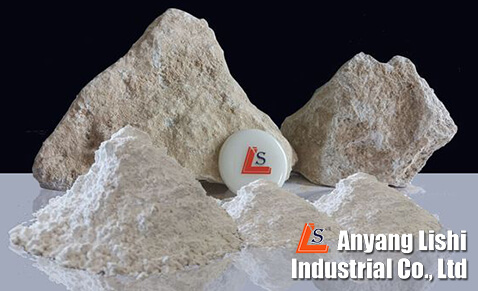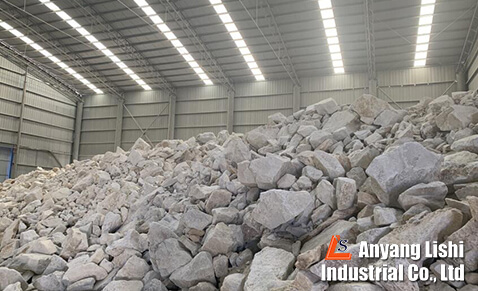
Albite, one of the six varieties in the plagioclase feldspar series, exhibits distinctive luster and characteristics, showcasing remarkable diversity in its chemical composition and crystal structure. In terms of luster and characteristics, albite’s performance varies, presenting an array of features from its chemical composition to crystal structure.

Firstly, the plagioclase feldspar series comprises six varieties, each determined by the ratio of albite and anorthite. Albite itself has the highest sodium content, resulting in a white color. Oligoclase, a mix of albite and andesine, displays the characteristic blue luster reminiscent of moonstone. These differences not only determine the color of albite but also directly impact its applications in various fields.
Secondly, albite generally forms glassy crystals in colors ranging from colorless and white to yellow, red, green, or black. This diversity in appearance makes albite visually appealing, providing it with decorative and artistic qualities. The formation of these colors is attributed to the presence of different impurities or trace elements, enhancing the mineral’s visual appeal.
In industrial applications, albite is a crucial raw material for manufacturing glass and ceramics. Its wide range of colors offers industrial products diverse options, catering to market demands for different decorative styles and purposes. The glassy crystal structure of albite contributes superior performance in glass manufacturing, establishing a reliable foundation for producing high-quality glass.
Furthermore, many rocks contain albite, classifying it as a rock-forming mineral. This indicates the significant role albite plays in geological processes, being widely distributed in the Earth’s crust. Its presence holds essential implications for studying geological structures and the genesis of rocks.

In practical applications, albite serves not only as a raw material for glass and ceramics but also finds extensive use in manufacturing soap, tiles, floor tiles, abrasive tools, and more. In the ceramics industry, albite is primarily utilized in glazes, providing surface decoration and protective functions for ceramic products. This application further underscores the multifunctionality and practicality of albite in industries.
In summary, albite, as a prominent representative of the plagioclase feldspar series, exhibits outstanding value in geology, mineralogy, and industry due to its rich luster and diverse characteristics. Its widespread use in industries such as glass and ceramics, coupled with its common occurrence in rocks, makes albite a mineral of considerable interest. Its uniqueness is not only evident in its microscopic crystal structure but is also manifested in its macroscopic industrial applications and contributions to geological research.

Whether you have questions or you would just like to say hello,Contact us!
Call Anytime:
+86 15837207537Send E-mail:
info@lsakminerals.comAddress:
Anyang City , Henan Province, China.